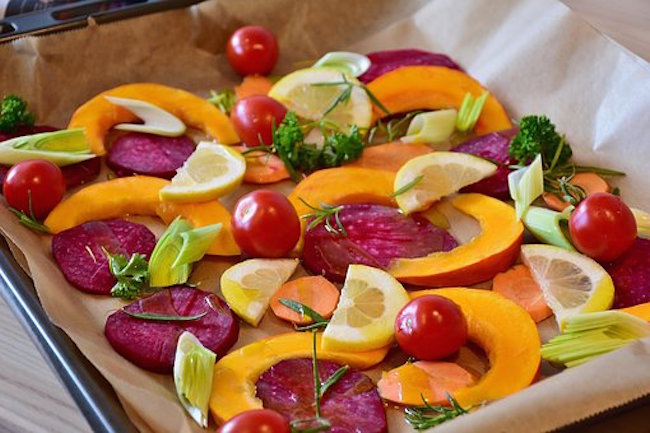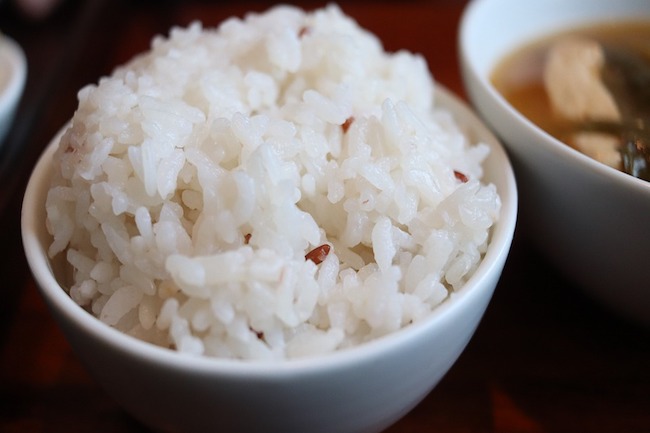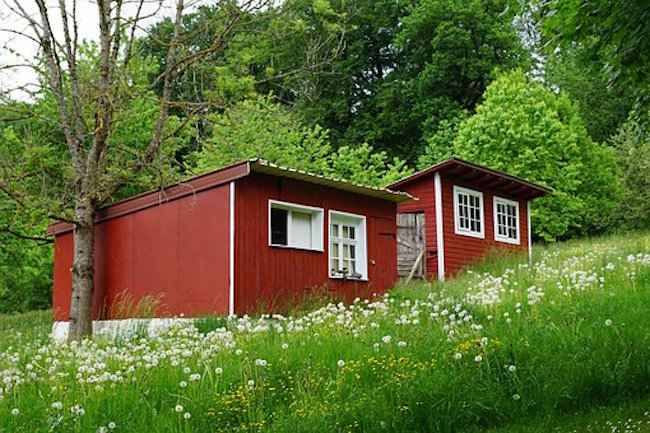PREPPING TIPS: STORE FRESH FRUITS & VEGETABLES FOR MONTHS WITHOUT REFRIGERATION by Mac Slavo for SHTFPlan
Based on the current situation with the pandemic and people emptying grocery stores because of it, there’s a desire to want to keep your vegetables fresh as long as possible. It’s possible to get more life out of them when utilizing cold storage.
Most preppers will use this method of storage in the fall after harvesting their crop for the year from their own garden. But it can be used to keep store-bought produce fresh too, even though those vegetables are not as fresh. This method won’t work for all fruits and vegetables, but most can be stored this way.
Also, keep in mind, cold storage won’t work in places where it stays warm year-round, or climates that don’t get a “full winter.” Your vegetables also won’t last forever. When planting this spring, choose your vegetables wisely (what will grow well in your area and what will store well based on climate). Keep an eye on them throughout the winter and don’t be shy about using them!
Follow These General Rules of Food Storage
- Store only fully mature vegetables. Immature fruits and vegetables will rot quickly. Hold off harvesting as long as possible, especially with root vegetables that can withstand some frost.
- Do not store vegetables that have been bruised or nicked or that show the slightest sign of rot. Be careful when handling them.
- Remove all excess soil. Don’t wash the vegetables, just let them dry and brush off the soil. You can wash them well before using them.
- Thoroughly clean your storage area before each use.
- Keep the storage area dark.
- Do not expose stored vegetables to temperatures below freezing.
- Check on your stored vegetables every week or two. Storage times are just approximations since vegetables, temperatures, and conditions can vary widely.
- Use vegetables taken from cold storage as soon as possible. They will not last as long as they would if they had been freshly picked.
You should also consider which vegetables need dry storage and which will require moist storage. The Sprucehas a great article detailing the storage conditions for each vegetable.
- Dry vegetables: (winter squash, pumpkins, onions, garlic) require less effort to store, but they need more space. Since indoor humidity is low during the winter, make use of any unused, dark spaces and corners. These vegetables store best if they are kept up off the floor and are not allowed to touch each other. If you must pile things on top of each other, you will need to check them more frequently.
- Moist vegetables: (potatoes, root crops, cabbages) should be stored in a container, rather than exposed to air. Traditional methods include storing them in peat, sand, sawdust or newspaper, but you can also use plastic bags or cardboard. If you choose to use plastic, make sure there are a few holes, for excess moisture to escape. To contain the odor of stored cabbages, you can wrap them in a couple of sheets of newspaper first.
LOCATIONS:
You likely haveone of the following places availablein your home to storage some healthy vegetables over the winter months.
- Basements– Cool, dry basements (50 – 60 F and 60 – 65 % relative humidity) will keep most vegetables fresh for at least a couple of months. Make sure the vegetables have good air circulation and some ventilation.
- Attics and Entryways– If these spaces are unheated, they can be used for spreading out and storing vegetables that like dry conditions. Even an unheated spare room can be put to use storing a few winter squashes on dressers or tabletops.
- Root Cellars – For ideal cold, moist conditions, (32 – 40 F and 90 – 95% relative humidity), consider a root cellar. A root cellar can be anything that remains above freezing, from a bucket in the ground, to a crawl space under the porch, to an unheated section of the basement, to a cement enclosure build into the side of a hill. Even in a root cellar, the vegetables will need ventilation and probably some insulation against temperature fluctuations. You also need to ensure that rodents cannot get to them.
Take the time to look up each vegetable and the conditions they need to be stored in. Not all are the same. To make things more simple, you can choose to plant vegetables that will all store in relatively similar conditions, and that will make things much easier.




